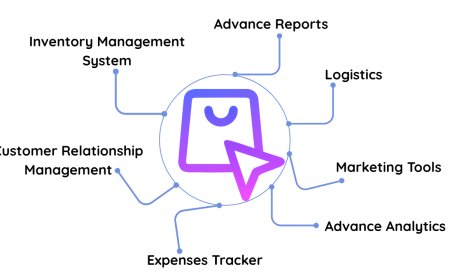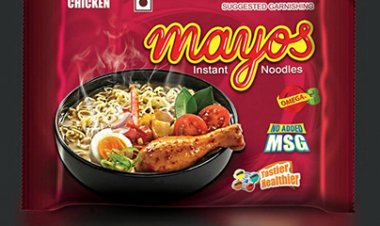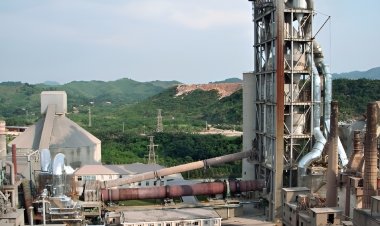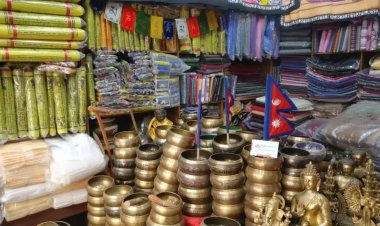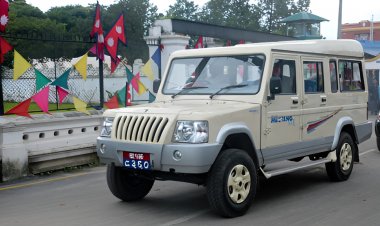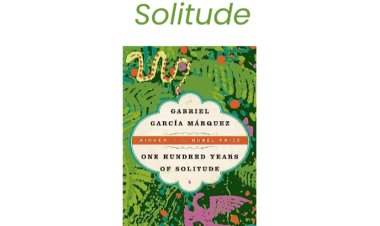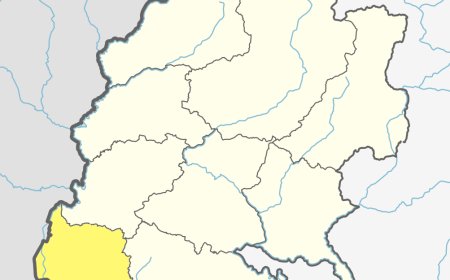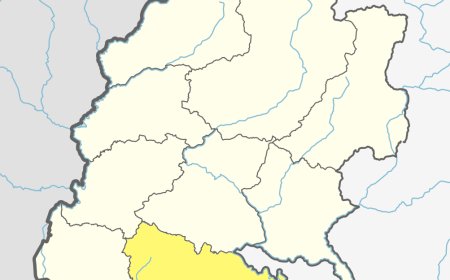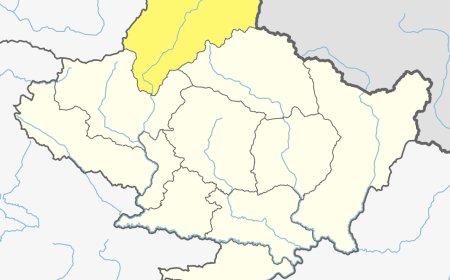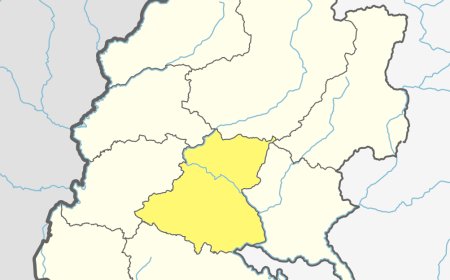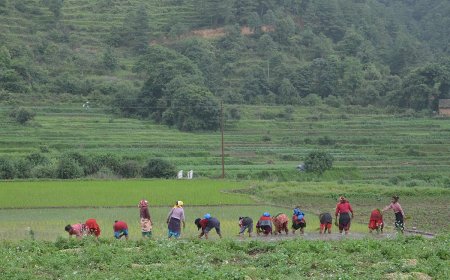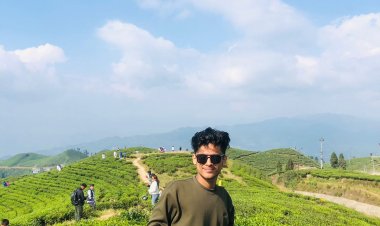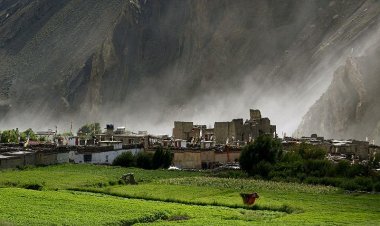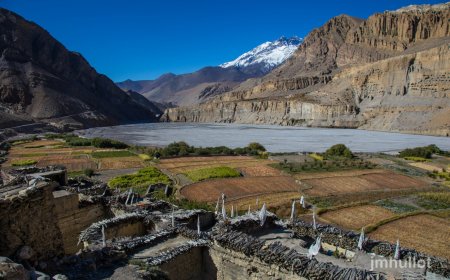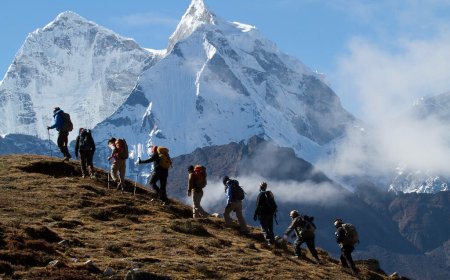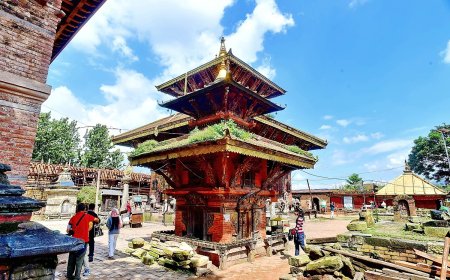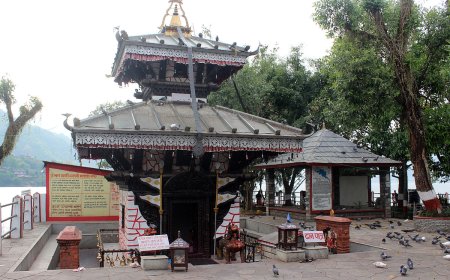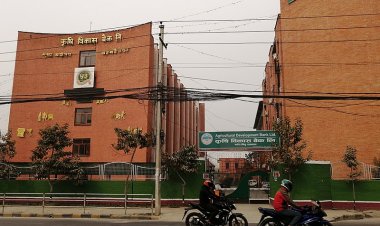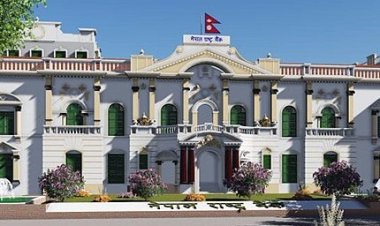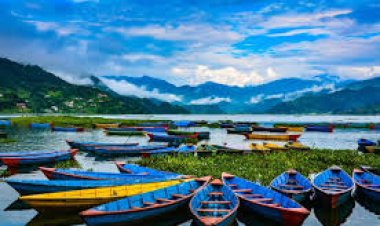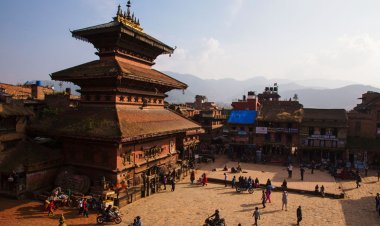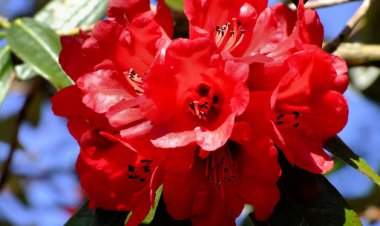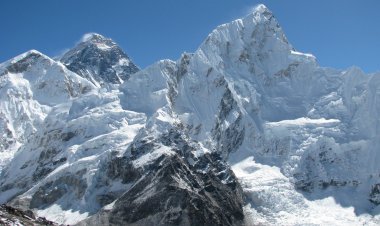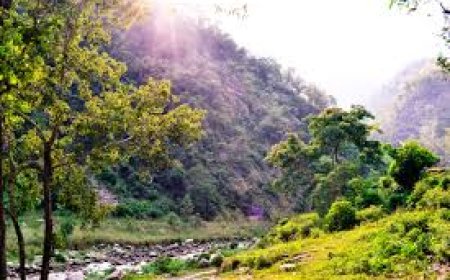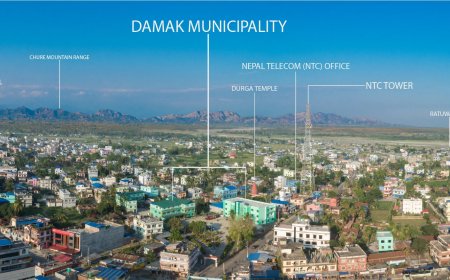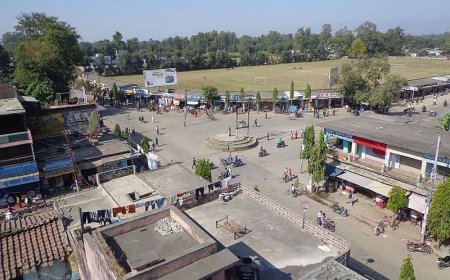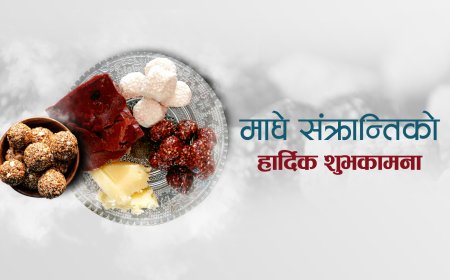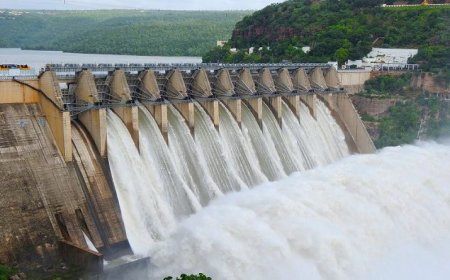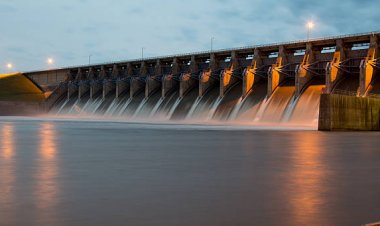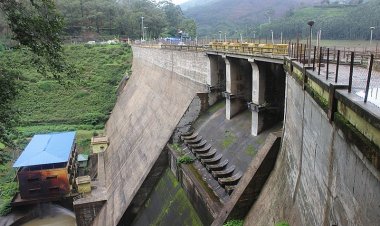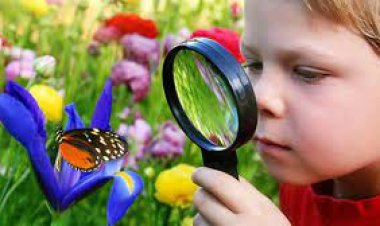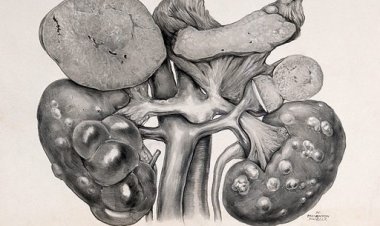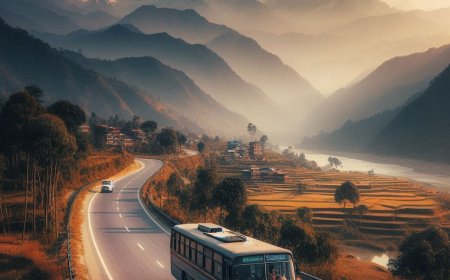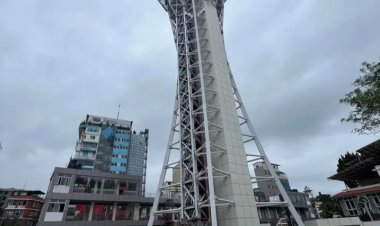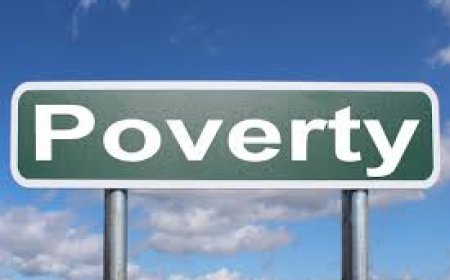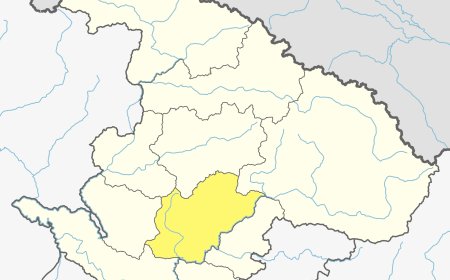Dolpa: Explore Nepal’s Remote Beauty and Hidden Treasures
Let’s explore Dolpa’s beautiful landscapes, ancient monasteries, and thrilling trekking routes like Shey Phoksundo Lake in Nepal's remote region.
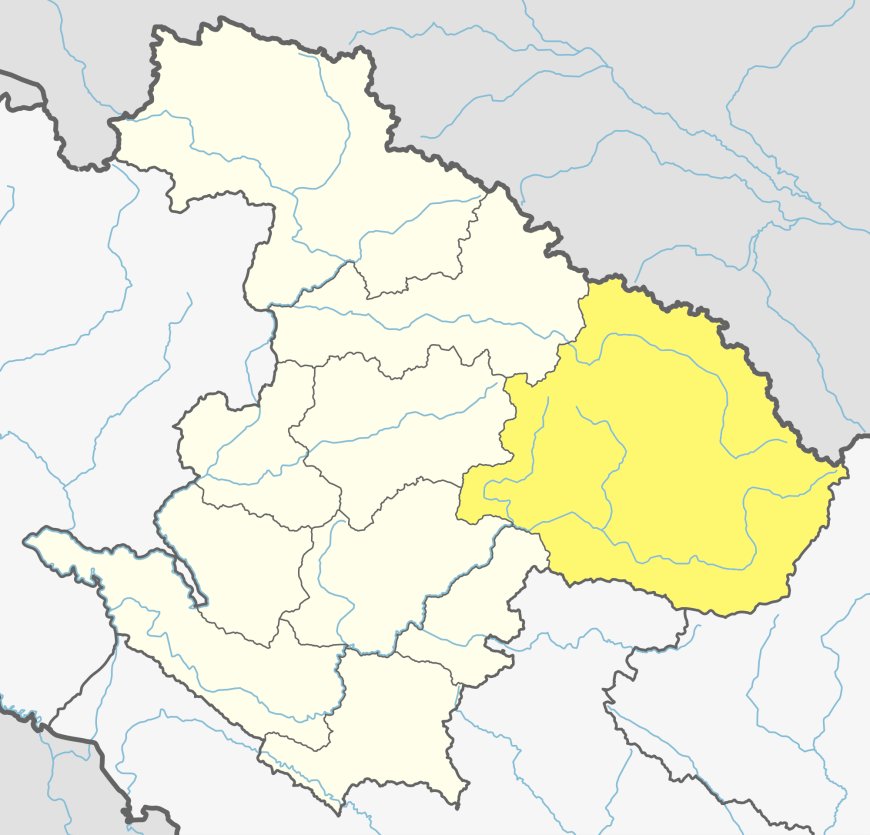
Introduction
Dolpa is a mesmerizing district located in the far-western region of Nepal, renowned for its natural landscapes, cultural richness, and spiritual significance. Located in the Karnali Province, this district is home to Nepal’s largest national park and offers a gateway to the remote and enchanting Himalayan wilderness. This district, headquartered in Dunai, is a dream destination for trekkers, nature enthusiasts, and those seeking peace away from urban lifestyle. With its untouched beauty, ancient monasteries, and unique traditions, this district is a hidden gem.
Geographical Overview
Covering an area of 7,889 square kilometers, this district is characterized by its rugged terrain, high-altitude valleys, and snow-clad peaks. The district’s elevation ranges from 1,525 meters to 7,625 meters, making it one of the most geographically diverse regions in Nepal.
This district is known for its arid, Trans-Himalayan landscape and is home to Shey Phoksundo Lake, the deepest lake in Nepal. The region’s semi-arid climate ranges from temperate to alpine, supporting a diverse range of flora and fauna, including the elusive snow leopard. The Thuli Bheri and Suligad rivers are the primary waterways, providing essential resources for the local population.
Table: Geographical Features
|
Feature |
Data |
|
Total Area (sq. km) |
7,889 |
|
Altitude Range (m) |
1,525–7,625 |
|
Major Rivers |
Thuli Bheri, Suligad |
|
Climatic Conditions |
Temperate to Alpine |
Demographics
This district has a population of approximately 35,000 people, comprising a mix of ethnic groups. The dominant communities include the Dolpo-pa (people of Tibetan origin), followed by Thakuri, Chhetri, and others. Tibetan culture heavily influences the district’s traditions, language, and lifestyle. Nepali is widely spoken, along with local Tibetan dialects such as Dolpo.
Traditional festivals and rituals play a vital role in preserving Dolpa’s cultural heritage. Festivals like Buddha Jayanti and Yarthung Horse Festival reflect the harmonious blend of Tibetan Buddhism and local traditions.
Table: Ethnic Composition
|
Ethnic Group |
Percentage (%) |
|
Dolpo-pa |
60% |
|
Thakuri |
20% |
|
Chhetri |
10% |
|
Others |
10% |
Cultural and Historical Significance
This district is a treasure trove of cultural and spiritual heritage. The region is dotted with centuries-old monasteries, including Shey Gompa, a significant site for Tibetan Buddhists. The Dolpo-pa people celebrate traditional festivals like Yarthung Horse Festival, which marks the end of summer with horse races and communal feasts. Buddha Jayanti is another prominent festival, celebrating the life and teachings of Lord Buddha.
The district’s history is connected with ancient trade routes connecting Tibet and Nepal, making it a significant hub for cultural exchange and commerce.
Table: Key Festivals
|
Festival |
Month |
Significance |
|
Yarthung Horse Festival |
August |
Marks the end of summer with horse racing |
|
Buddha Jayanti |
May |
Celebrates the birth of Lord Buddha |
|
Losar |
February |
Tibetan New Year celebrated with rituals |
Major Attractions and Activities
This district’s unparalleled natural beauty and cultural landmarks make it a must-visit destination. Shey Phoksundo National Park, the largest national park in Nepal, is the crown jewel of the region, offering trekking routes that traverse dramatic landscapes. The turquoise waters of Shey Phoksundo Lake, set against a backdrop of barren mountains, provide a breathtaking sight.
Other notable attractions include the Shey Gompa monastery, which holds religious importance for Tibetan Buddhists, and the ancient villages of Ringmo and Dho Tarap, where visitors can experience traditional Dolpo-pa lifestyles.
Table: Major Attractions
|
Attraction |
Location |
Highlight |
|
Shey Phoksundo Lake |
Southern Area |
Deepest lake in Nepal with stunning scenery |
|
Shey Gompa |
Inner district |
Sacred Tibetan Buddhist monastery |
|
Dho Tarap |
Central Area |
High-altitude village with unique culture |
|
Thuli Bheri River |
Northern Area |
White-water rafting and fishing |
Visitors can engage in various activities such as trekking, wildlife spotting, and exploring vibrant local markets. The Dolpo region’s focus on eco-tourism ensures that its natural and cultural resources remain preserved for generations.
Economic Overview
The economy of this district is primarily based on agriculture, animal husbandry, and trade. Barley, buckwheat, and potatoes are the staple crops, while yaks and sheep are reared for wool and dairy products. The district is also known for its production of medicinal herbs and high-value products like caterpillar fungus (Yarsagumba), which is in high demand.
Tourism is a growing sector, attracting trekkers and spiritual seekers from around the globe. Traditional crafts, such as weaving and Tibetan jewelry making, contribute to the local economy while preserving cultural heritage.
Table: Economic Highlights
|
Sector |
Contribution |
|
Agriculture |
Barley, buckwheat, potatoes, medicinal herbs |
|
Tourism |
Trekking, Shey Phoksundo Lake, monasteries |
|
Traditional Crafts |
Weaving, Tibetan jewelry making |
Conclusion
Dolpa is a captivating district that seamlessly blends natural beauty, cultural richness, and spiritual depth. Its rugged mountains, serene lakes, and vibrant traditions make it an ideal destination for adventurers and cultural enthusiasts. From the peaceful Shey Phoksundo Lake to the ancient Shey Gompa, this district offers experiences that are both enriching and unforgettable. Whether you seek solace in its beautiful landscapes or immerse yourself in its unique culture, this district promises to leave a lasting impression on your heart.
Frequently Asked Questions (FAQs)
1. Where is Dolpa located?
Dolpa is situated in the far-western region of Nepal, in Karnali Province.
2. What is Dolpa best known for?
Dolpa is famous for Shey Phoksundo Lake and Shey Phoksundo National Park.
3. Which rivers flow through Dolpa?
The Thuli Bheri and Suligad rivers are the major rivers in Dolpa.
4. What is the dominant ethnic group in Dolpa?
The Dolpo-pa community forms the largest ethnic group in the district.
5. What are the main crops grown in Dolpa?
Barley, buckwheat, and potatoes are the primary crops grown in Dolpa.
6. What is the best time to visit Dolpa?
Spring (April to June) and autumn (September to November) are the best seasons to visit Dolpa.
7. What cultural festival is celebrated by the Dolpo-pa community?
The Dolpo-pa community celebrates the Yarthung Horse Festival.
8. What is the significance of Shey Gompa?
Shey Gompa is a sacred Tibetan Buddhist monastery and a key pilgrimage site.
9. Why is Shey Phoksundo Lake special?
Shey Phoksundo Lake is the deepest lake in Nepal and is renowned for its turquoise waters and stunning surroundings.
What's Your Reaction?







